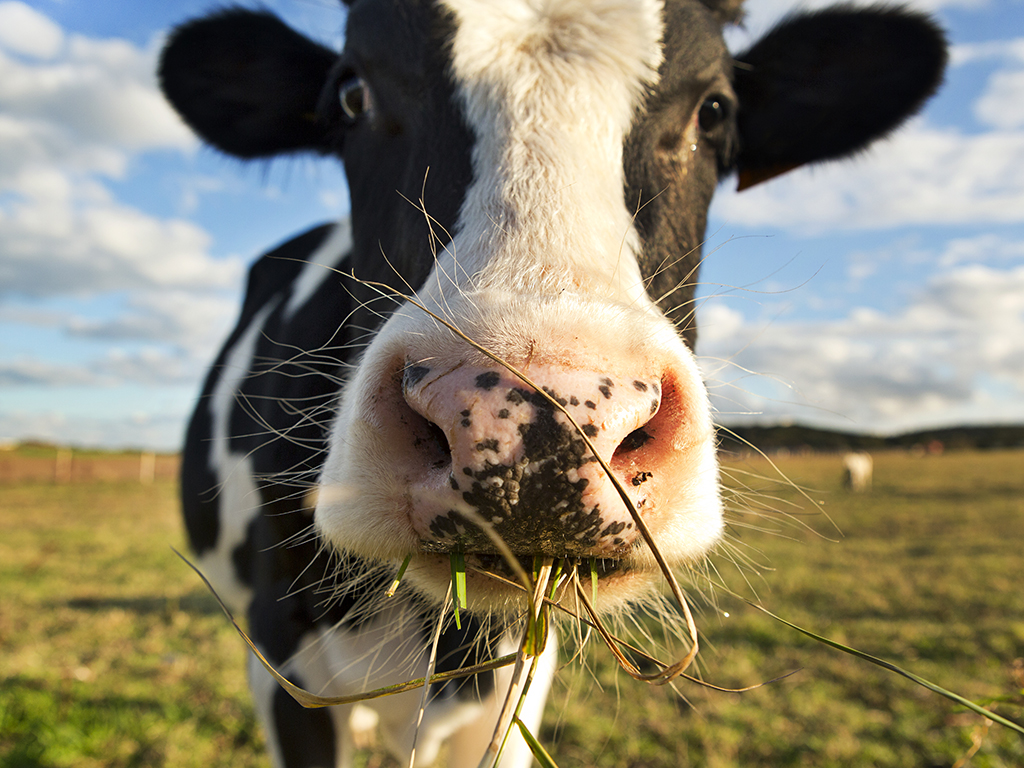Would you wear a dress made from cow poop? It sounds like a crazy question, but it could be a legitimate one if Jalila Essaïdi has anything to do with it.

A Dutch artist and entrepreneur based in the Netherlands, Essaïdi has found a way to turn the cellulose in cow manure into a biodegradable fabric called Mestic. And her discovery has caught the eye of fast-fashion retailer H&M, who awarded her a prize of 150,000 euros in their second annual Global Change Awards earlier this month.
READ MORE: The weirdest fashion trends from 2016 and three more to look forward to in 2017
Affectionately dubbed “Manure Couture,” the process of getting from poop to pants is complicated but promising. The first step involves separating the dry and wet components of the manure (the wet part is urine), and then extracting the pure cellulose (i.e. grass) from the dry part. That is then mixed with acids taken from the wet portion and transformed into cellulose acetate (a natural plastic).
From there, it can be turned into a number of different materials, including bio-textiles and plastics. In essence, as Essaïdi points out, everything in the world that is plastic could be replaced with this bio-plastic made from manure.
“Manure is gold. We see it as a waste material but there are a lot of nutrients, chemicals, phosphates and cellulose that we can use if you look at it from a different view,” she says.
Plus, its abundance is actually detrimental to the planet. As Essaïdi points out on her website, manure contains phosphates and nitrogen that is harmful to soil, water and air.
For its part, H&M has been making considerable strides in upping their sustainability. The company launched a Conscious Exclusive collection in 2012 that uses recycled and organic materials, and sustainable techniques, and in 2016, said it received 96 per cent of its electricity from renewable energy. H&M has also pledged to use 100-per-cent sustainable cotton by 2020, and 100-per-cent sustainable or recycled materials by 2030.
WATCH BELOW: Ethical and fair trade spring fashion trends

As for Essaïdi, this grant money (which comes with no ties to H&M — the company doesn’t own the ideas or make intellectual property demands) could help her expand the “Manure Couture” collection. So far, she and her partners George Johannes van Trier and Virendya Batja have created 12 looks, which they unveiled in a special fashion show last June.
This could provide the next step in a fashion evolution that will help Essaïdi and her partners achieve their ultimate goal, as she said to Vogue.com: “We want society to give a sh*t about what they wear.”




Comments